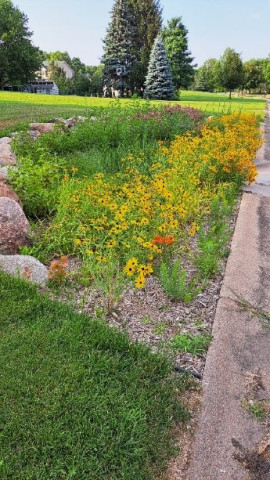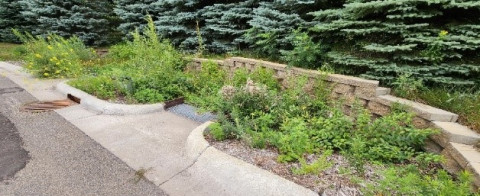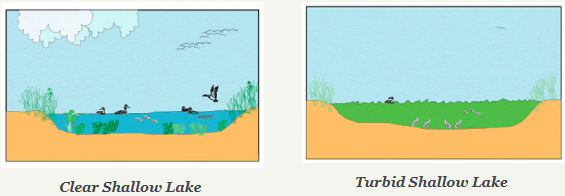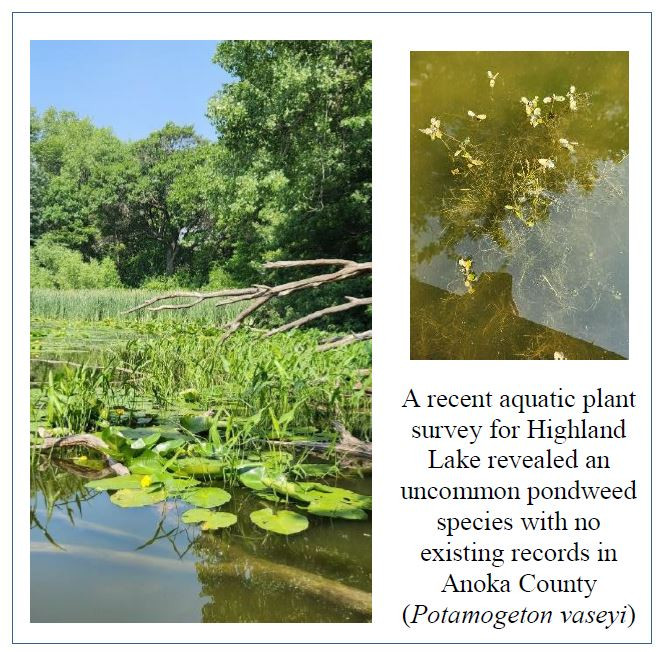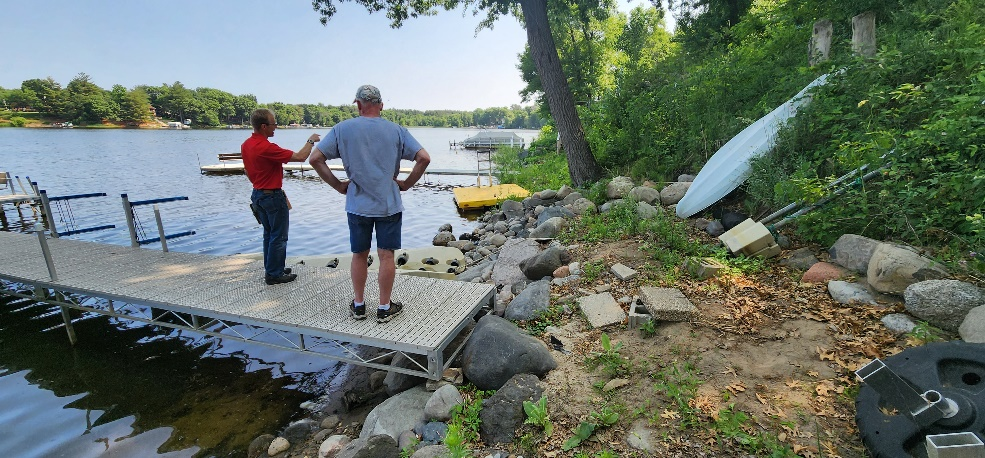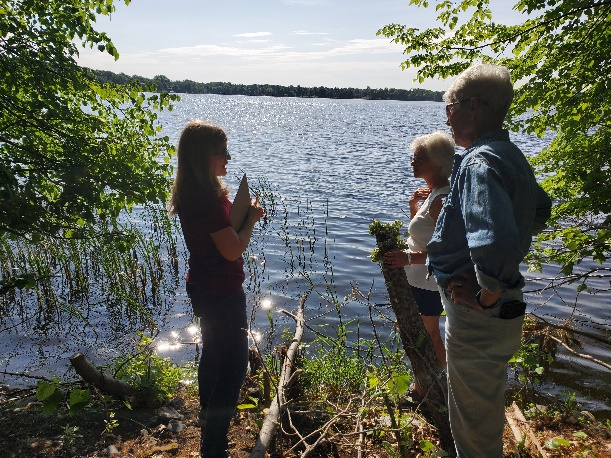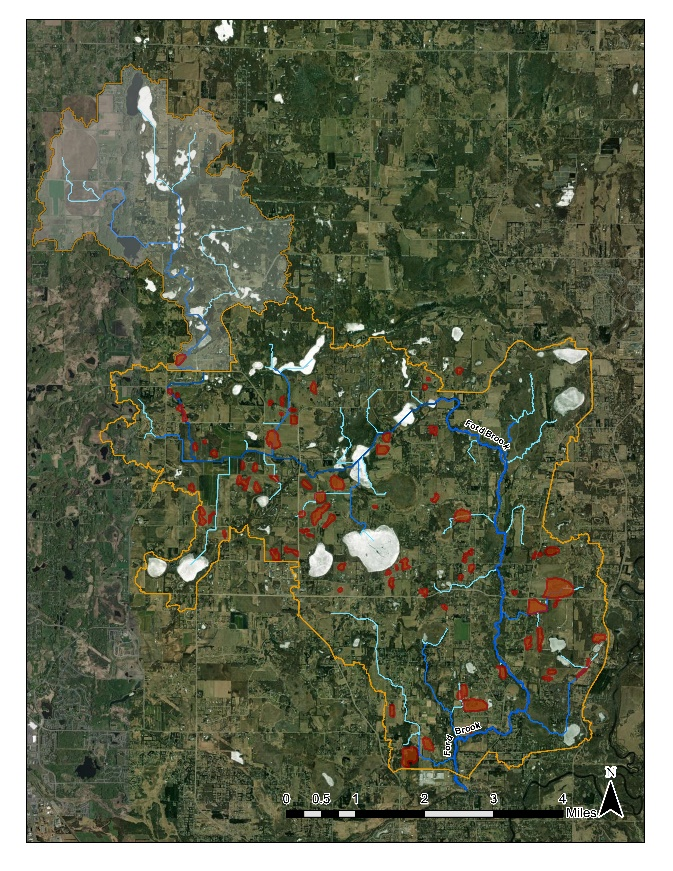Native wildflowers, grasses, sedges, and shrubs provide numerous benefits to wildlife habitat, soil health, and water quality. They are also generally more resilient to fluctuations in temperature, precipitation, and foraging by wildlife than non-native species. However, native plantings can still be impacted by disturbances such as weather or the growth of invasive and weedy species. For these reasons and especially if a specific landscaped look is desired, maintenance is still required to help native plantings thrive and look their best.
Plants are most susceptible to die-off within the first 3-5 years of being planted. During this initial period, it is essential to frequently weed, water, and re-plant in areas where losses occur. Once established, native vegetation requires less maintenance but should still be regularly inspected for weeds and pruned or thinned as needed to ensure there is adequate sunlight available for all species. Large-scale restorations such as the conversion of former agricultural fields to prairie may require regular management through prescribed burns, grazing, or mowing to mimic cycles of natural disturbance and new growth.
The most common barriers to achieving success in establishing native plants is failing to water and remove weeds. These two actions make a big difference in the appearance and function of native landscaping features, as shown in these two photos – one of which is regularly weeded and watered (above left) and the other which has received less maintenance (above right).
You can take several steps to make native landscape maintenance easier. First, make sure the species you plant are well-suited to the soil and sunlight conditions on your property. Plant into erosion control fabric or mulch to help reduce weed growth. Learn to identify the native species you choose and plant them in clusters to make it easier to spot weeds that pop up. Water native plantings, especially during times of drought. Weekly maintenance, especially during the critical establishment period, strongly increases the likelihood of success and prevents these tasks from becoming overwhelming. If weeds have taken over or you've noticed die-off in your native landscapes, it isn't too late! Use the following resources to help guide your native landscape rehabilitation endeavors.
- Common weed ID – quick guide
- Invasive plants and suggested replacements
- Comprehensive information: native plants for sustainable landscapes
